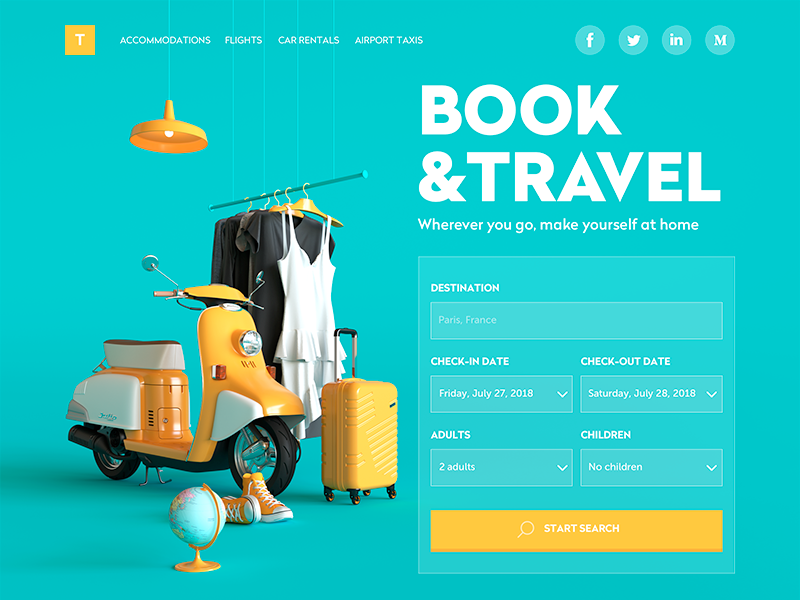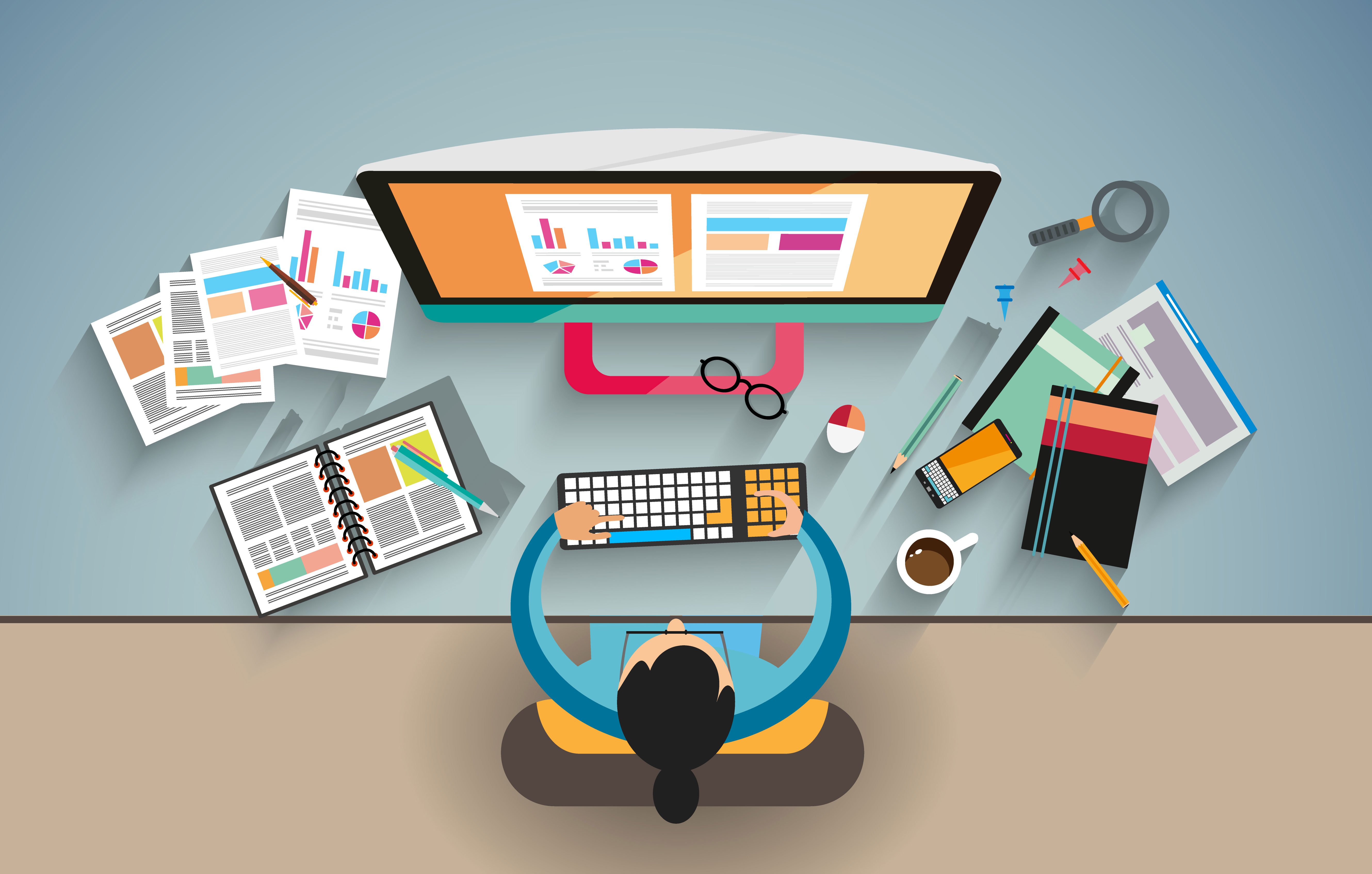Aligned Position Web Design: Boost Your Brand’s Visibility with a Stunning Website
Aligned Position Web Design: Boost Your Brand’s Visibility with a Stunning Website
Blog Article
The Ideal Types of Website Design to Boost User Experience and Engagement
In the ever-evolving landscape of digital interaction, the effectiveness of website design dramatically influences individual experience and interaction. Numerous design strategies, such as minimal, responsive, and interactive designs, each offer unique benefits that can deal with varied customer needs. Understanding which kinds of Web design finest offer these goals can be critical for organizations intending to boost consumer satisfaction and retention. Nonetheless, the concern stays: which layout aspects really resonate with individuals and foster purposeful involvement? The expedition of these concepts discloses critical insights that may redefine your strategy to website design.
Minimal Website Design
As digital landscapes come to be progressively cluttered, minimal Web design has become an effective approach to boosting customer experience. This design viewpoint focuses on simplicity, focusing on crucial elements while eliminating unnecessary diversions. By making use of adequate white area, uncomplicated navigating, and a limited color palette, minimal style fosters clearness and guides user interest to vital content.
The core concept of minimalist Web style is to develop a seamless interaction for users. By lowering cognitive lots, customers can promptly realize details without feeling bewildered. This straight technique not only boosts usability yet likewise encourages involvement, as visitors are much more most likely to check out a website that is aesthetically enticing and simple to browse.
Furthermore, minimal layout often stresses typography and imagery, making use of these elements tactically to communicate messages properly. This emphasis on important elements can enhance brand name identity and create an unforgettable user experience. In significance, minimal website design is not simply a fad; it is a thoughtful methodology that identifies the value of user-centered design. By removing away extraneous aspects, developers can create an extra engaging, effective, and pleasurable Web experience for all individuals.
Responsive Website Design
In today's diverse electronic setting, responsive website design has ended up being vital for producing a smooth user experience across a wide variety of tools. As customers gain access to internet sites on smartphones, desktops, tablets, and laptops, the capability of a website to adapt its format and web content to various screen sizes and resolutions is crucial.
Responsive Web layout uses versatile grids, pictures, and CSS media inquiries to make sure that Web content exists efficiently, no matter the device made use of. This strategy not only improves the visual appeal of an internet site but also substantially improves usability. Individuals are most likely to engage with a site that offers a constant experience, as it eliminates the irritation of having to zoom in or scroll excessively.
By embracing receptive design, companies can boost their exposure and get to a more comprehensive target market. In summary, responsive Web layout is a basic method that improves user experience, engagement, and general satisfaction.
Interactive Website Design
Responsive Web layout lays the foundation for enhancing individual experience, but interactive Web style takes this a step even more by engaging individuals in an extra vibrant means - Aligned Position Web Design. By including aspects such as animations, clickable models, and real-time comments, interactive website design mesmerizes individuals, drawing them right into a richer browsing experience
This strategy not just fosters interaction however also urges users to check out material proactively rather than passively eating it. Strategies such as gamification, where individuals earn benefits for finishing jobs, can dramatically enhance the moment invested in a website and enhance total satisfaction. Additionally, interactive features can simplify complicated info, making it more absorbable and delightful.

Incorporating interactive layout components can likewise lead to greater conversion rates, as customers are most likely to engage with a website that proactively entails them. Aligned Position Web Design. Inevitably, interactive website design changes customer experiences into unforgettable trips, making certain that visitors return time after time
Apartment Style
Defined by its minimalistic strategy, flat layout stresses simplicity and capability, removing unneeded components and concentrating on important functions. This layout philosophy prioritizes functionality, guaranteeing that individuals can navigate interfaces effortlessly and efficiency. By using a tidy aesthetic, flat design eliminates the clutter typically found in much more luxuriant styles, thus enhancing customer concentrate on material and capability.
The hallmark of flat design hinges on its use strong colors, basic typography, and geometric forms. These components add to an aesthetically attractive interface that is both approachable and modern-day. In addition, flat style promotes a sense of clearness, enabling customers to recognize vital activities and details without interruption.
In addition, level layout is especially effective in receptive Web design, as its simpleness equates well across various tools and display dimensions. The absence of complex structures and slopes lessens filling times, which is vital for preserving user interaction. As digital landscapes continue to advance, level style stays a pertinent selection for developing easy to use web sites that improve total experience. By concentrating on crucial functions, flat design not only meets customer demands yet likewise encourages seamless communication, making it a vital element of efficient Web design techniques.
Adaptive Web Layout
Adaptive website design customizes the customer experience by developing multiple repaired layouts tailored to different display dimensions and devices. Unlike responsive design, which fluidly adjusts a single format, flexible style utilizes unique designs for details breakpoints, ensuring optimal presentation on various platforms. This method enables designers to focus on the unique qualities of each tool, boosting usability by providing exactly what users need based upon their context.
One of the primary advantages of flexible website design is its capability to optimize tons times and efficiency. By serving customized web content and photos that fit the individual's gadget, sites can reduce information use and enhance loading speeds. This is particularly useful for individuals with slower connections or minimal information my website plans.
.png)
Furthermore, flexible design facilitates an extra controlled and constant branding experience. Because developers develop multiple formats, they can ensure that the visual aspects straighten with the brand's identity across different platforms - Aligned Position Web Design. This leads to a natural user experience, enhancing interaction and advertising customer retention
Conclusion
In verdict, the assimilation of minimalist, responsive, and interactive website design principles dramatically improves individual experience and interaction. Minimal layout cultivates clarity and view it focus, while responsive design guarantees flexibility throughout numerous tools, advertising access. Interactive design captivates individuals with dynamic components, encouraging exploration and customization. Jointly, these layout comes close to add to the creation of easy to use atmospheres that not only improve contentment but also drive greater conversion rates, highlighting their essential importance in contemporary Web layout strategies.

Minimalist style promotes quality and focus, while responsive design ensures adaptability across various devices, promoting availability. Jointly, these layout comes close to add to the development of easy to use atmospheres that not only enhance satisfaction yet likewise drive greater conversion rates, highlighting their important relevance in modern Web style methods.
Report this page